Understanding your feline companion’s subtle communication is like learning a secret language. Cats are masters of nonverbal cues, using their entire body to express their needs and desires. Sometimes they’re practically begging for snuggles, while other times they’re politely asking you to respect their personal space.
The beauty of cat communication lies in its complexity. Unlike dogs who might bark enthusiastically or jump on you when they want attention, cats prefer more refined approaches. They have developed an intricate system of signals that, once decoded, can transform your relationship with your furry friend completely.
The Slow Blink Love Letter
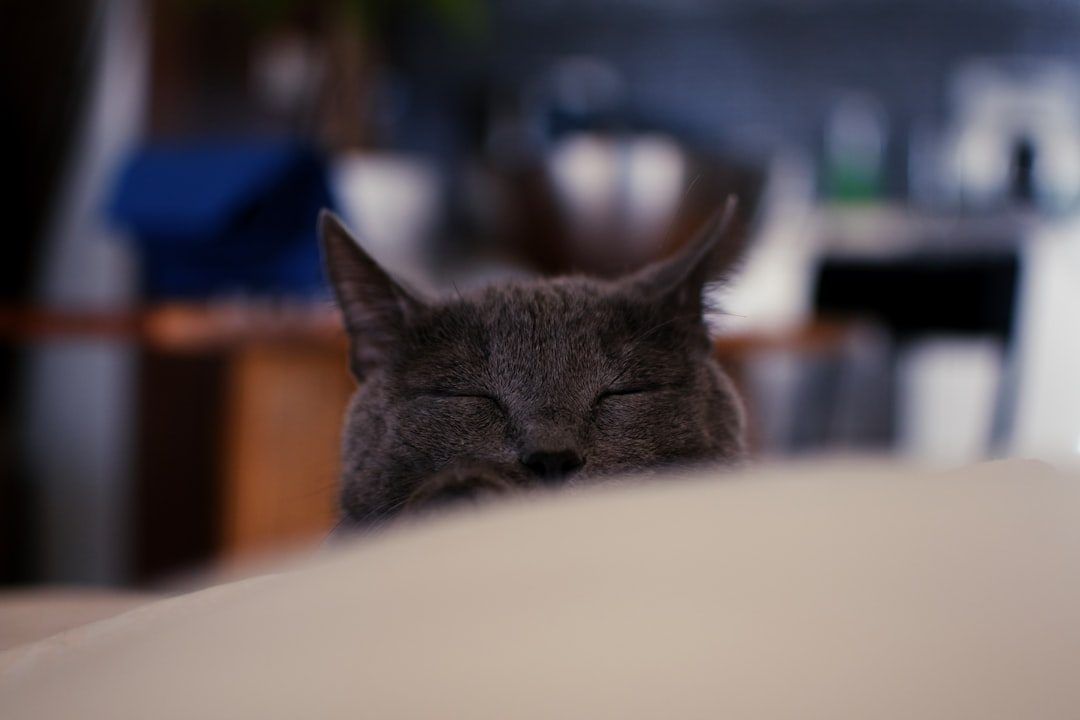
When your cat looks directly at you and slowly closes their eyes, they’re offering what behaviorists call a “feline kiss” or “cat kiss”. This deliberate gesture shows complete trust and affection. Think of it as your cat’s way of saying they’re so comfortable with you that they can let their guard down completely.
You can actually reciprocate this gesture by slow blinking back at your cat. To bond with a cat that blinks slowly at you, you can return their gesture by blinking slowly back at them. This creates a beautiful moment of connection that strengthens your bond. Many cat owners describe this as one of the most touching forms of feline communication once they learn to recognize it.
The Head Bonk of Affection
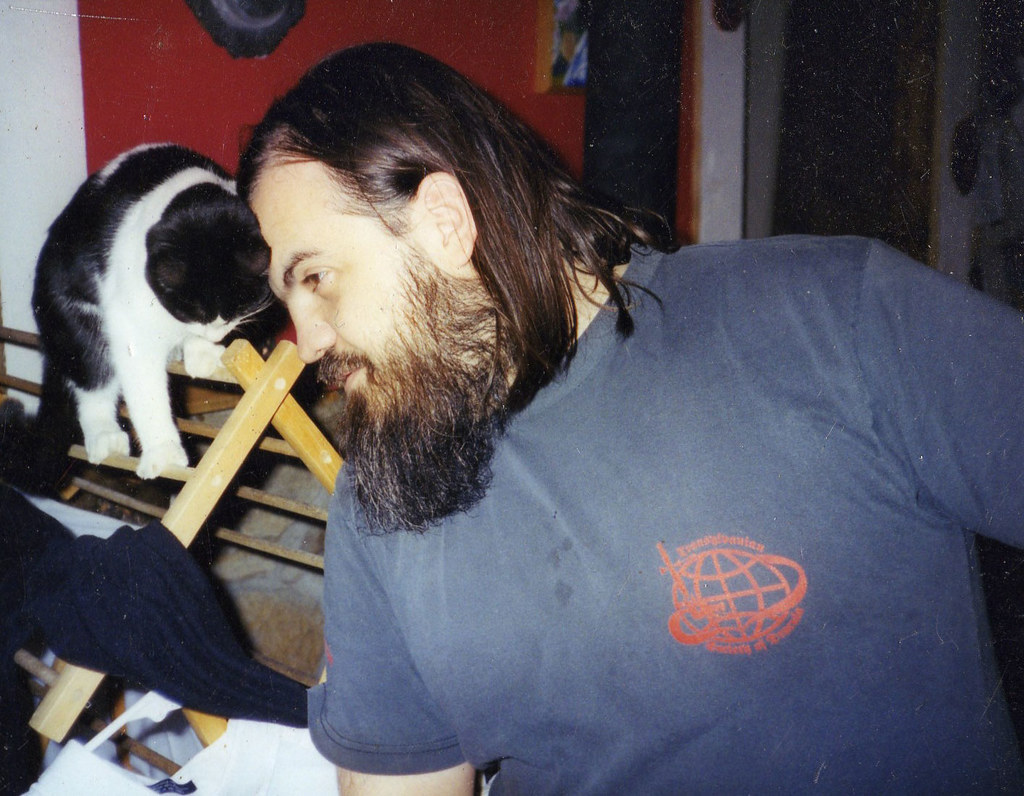
Your cat may bump their head against you or rub their cheeks against you to show affection. This is a social behavior formed in kittenhood through headbutting other kittens and their mother. When your cat gently bumps their head against your hand, leg, or face, they’re marking you with their scent and claiming you as family.
This behavior goes beyond simple affection. These glands produce scents that contain information cats use to communicate with each other. When your cat rubs against you, they leave behind a scent marking and essentially claim you as “theirs”! It’s their way of saying you belong to their inner circle.
The Tail Telegraph
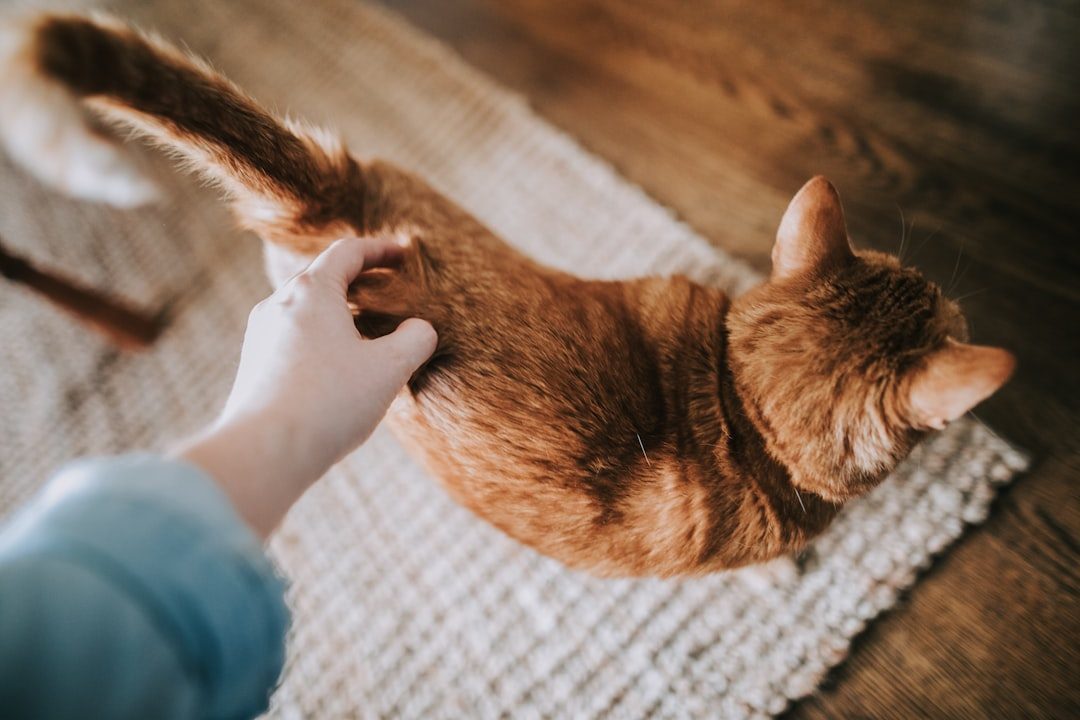
Your cat’s tail acts like an emotional barometer, and certain positions signal they’re in the mood for cuddles. Their tails are held high, often with a tiny curve at the very end, showing that they’re happy to see you or another cat. This confident tail position indicates your cat feels secure and open to interaction.
A curved tip is a friendly greeting and invitation to interact with your cat, while a more gushy display of love is your cat wrapping their tail around your hands, ankles, arms, or really just any part of your body. When you see that tail approaching you like a fuzzy snake, it’s definitely cuddle time.
The Purring Engine
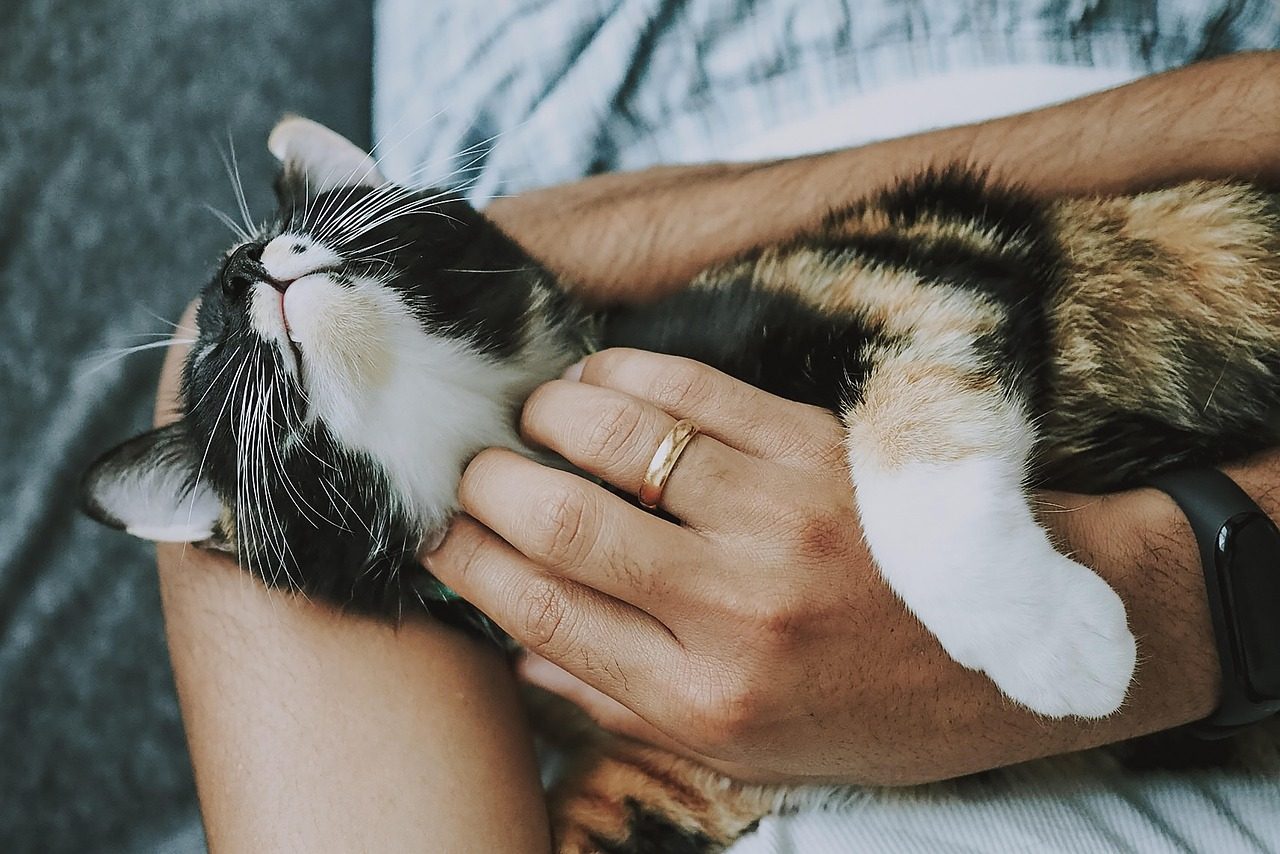
Cats often purr to show contentment when they are resting near you or when you’re petting them. The gentle rumble of a happy purr is one of the most obvious signs your cat wants to be close to you. However, purring isn’t always straightforward, so context matters greatly.
Feline behaviorists have found that cats purr for a variety of reasons, but they believe that purring first starts as a form of communication and bonding mechanism between kittens and their mothers. It’s also a common indicator of comfort and ease. A relaxed purring cat with soft eyes is definitely requesting some quality snuggle time.
The Kneading Ritual
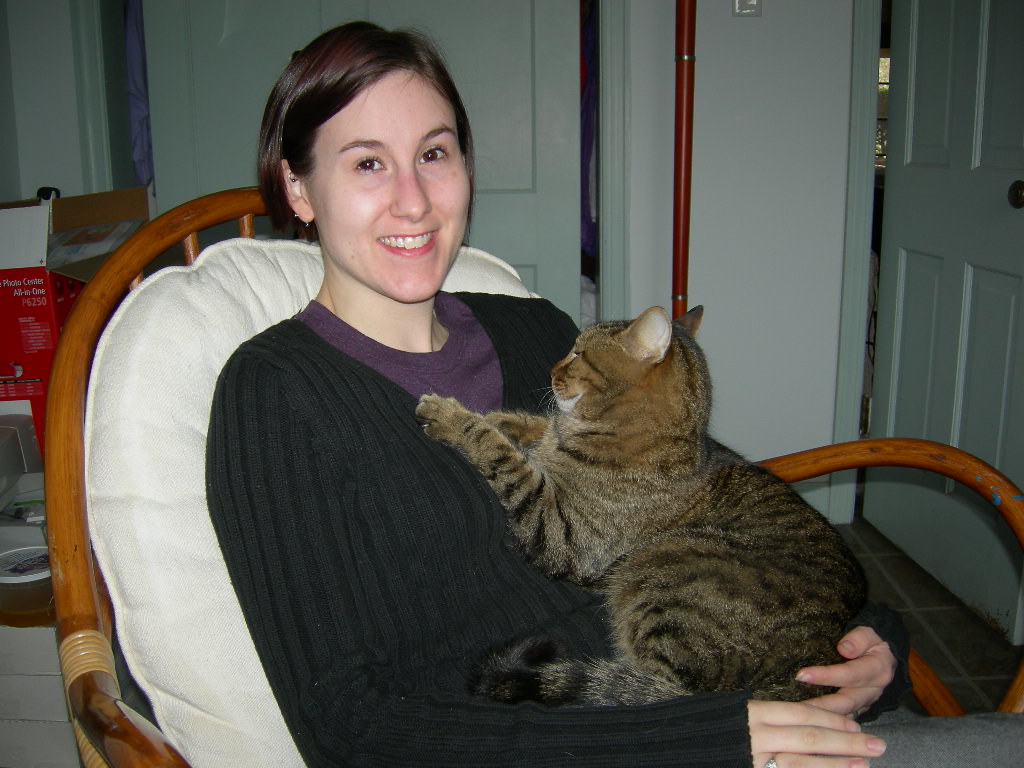
Cats usually knead with their front paws. This is a behavior that begins in kittenhood and is associated with nursing on their mother. Kneading is believed to bring comfort by releasing endorphins to reduce stress and promote relaxation. When your cat starts making biscuits on your lap or chest, they’re essentially recreating their most comforting early memory.
This rhythmic pressing motion with their paws shows they view you as a source of comfort and security. Cats can show affection by kneading their people with their front paws. “This is a behavior kittens do with their mothers to stimulate the flow of milk, and it is strongly associated with happy times”. While those claws might be a bit uncomfortable, try to appreciate this deeply affectionate gesture.
The Bedroom Visitor
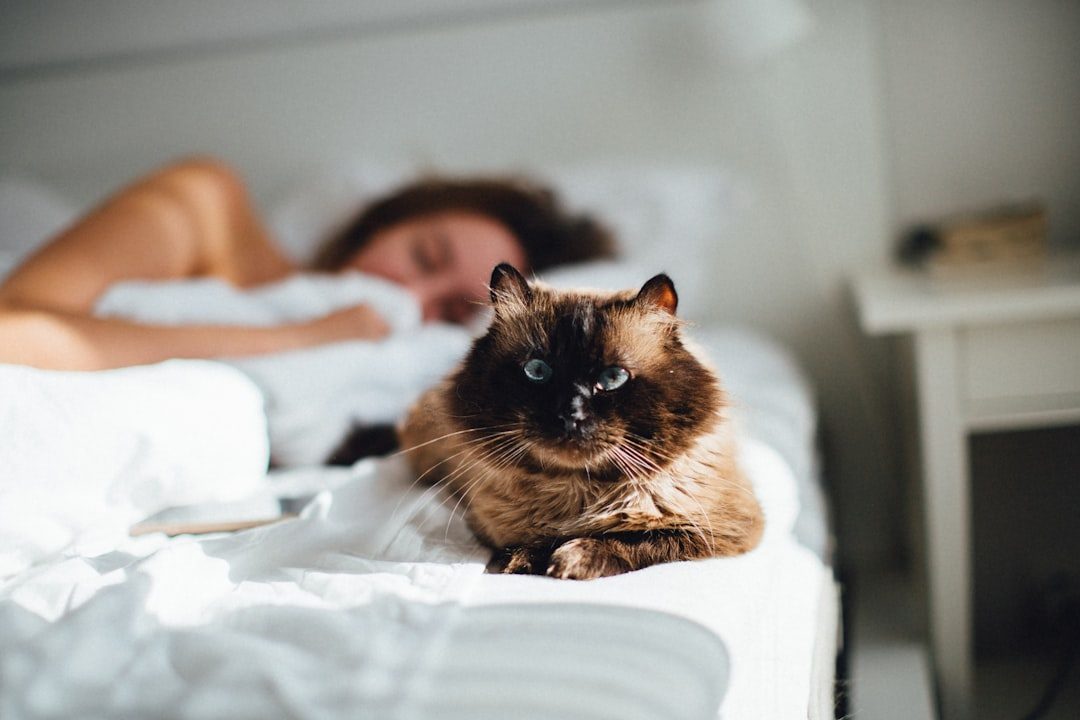
Your cat coming to you in the night and sitting on your chest, face, or side is a surefire sign that they love you. Many cats choose nighttime for their most intimate moments of connection. They feel safe enough to be vulnerable while you’re sleeping, showing ultimate trust in your presence.
As a result, your best cuddle session may just happen when you are fast asleep. You may be drooling and your hair might be a real mess, but your cat is using this time to express love on their own terms. Don’t be surprised if you wake up with a furry companion draped across you – it’s the highest compliment a cat can give.
The Greeting Committee
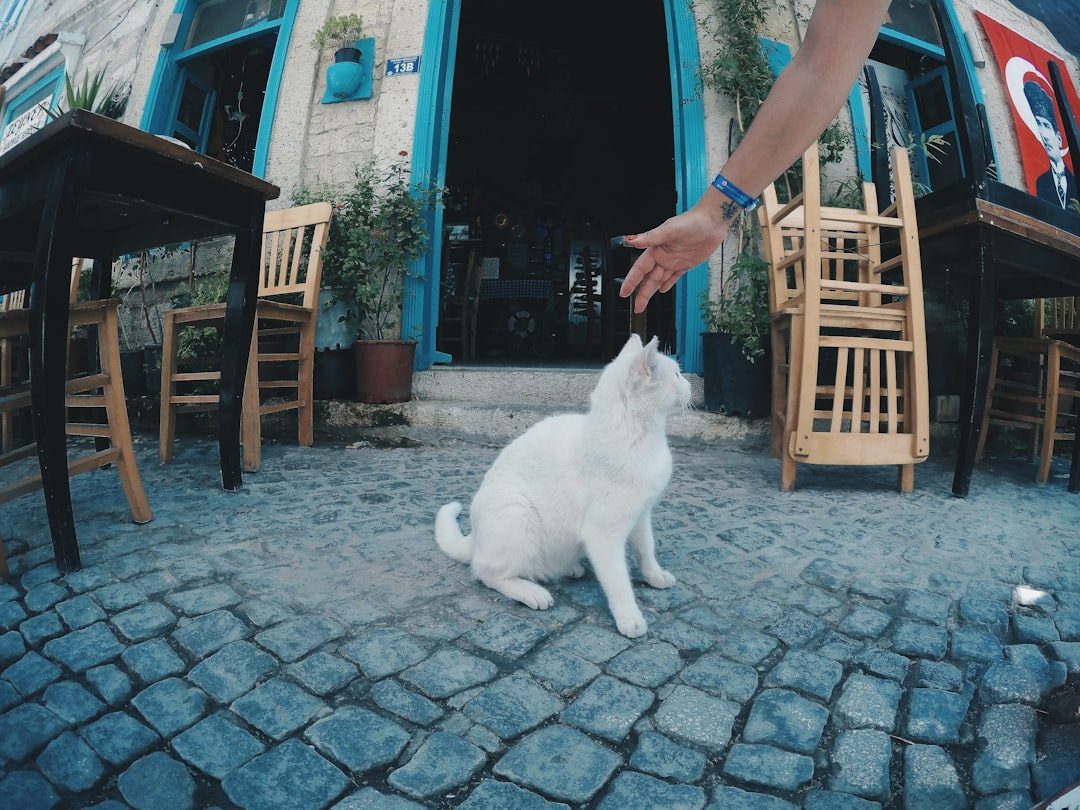
Your cat is trying to show you that they missed you when they greet you at the door. This is often followed by walking in-between your legs and curling their tail around your legs. This enthusiastic welcome home ritual indicates your cat has been looking forward to your return and wants immediate reconnection.
The combination of meowing, tail wrapping, and weaving between your legs creates a full-body greeting that screams “I want attention now!” Sometimes it’s also accompanied by meowing and “rattle-tail” behavior, where your cat will shake their tail quickly. This is your cat’s way of welcoming you home. This is prime cuddle-requesting time.
The Tense Body Crouch
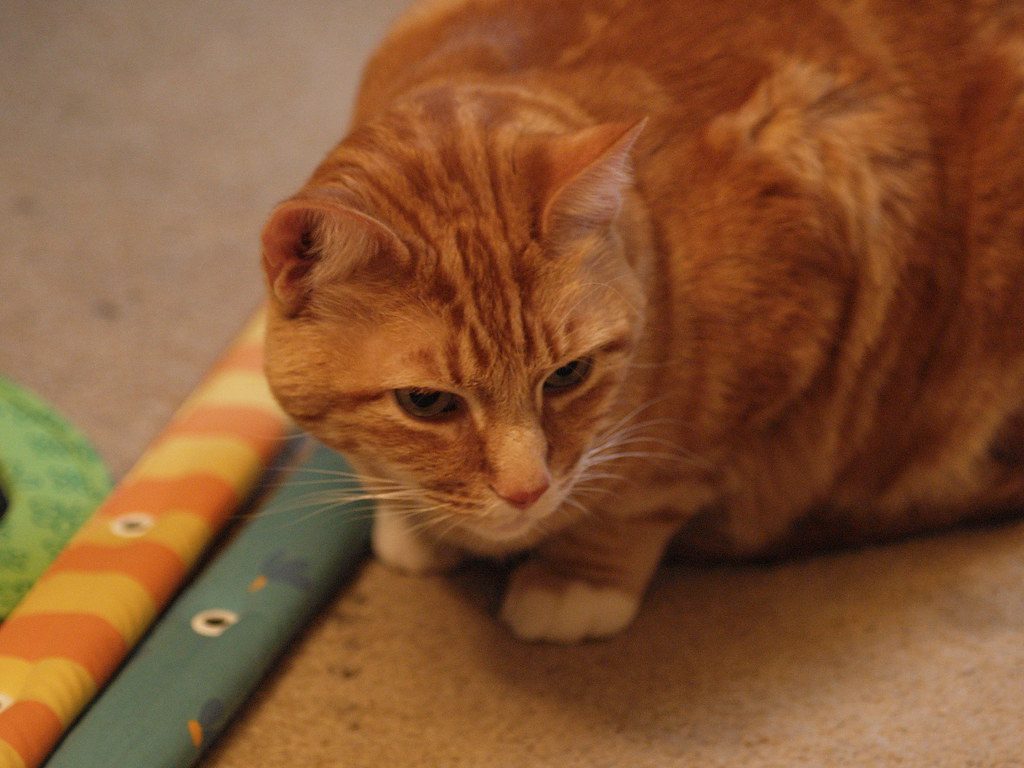
If you approach your cat and they shrink away from you, moving into a crouched position, then this a strong indicator that they want their own space. This defensive posture shows your cat feels overwhelmed or anxious about interaction. Their body language is clearly communicating “not now, please.”
Crouched posture with head lowered and tail close signals nervousness, pain, fear, or readiness to defend. When you see this position, the kindest thing you can do is give your cat time to decompress. Forcing interaction when they’re displaying this body language will only increase their stress levels.
The Airplane Ears
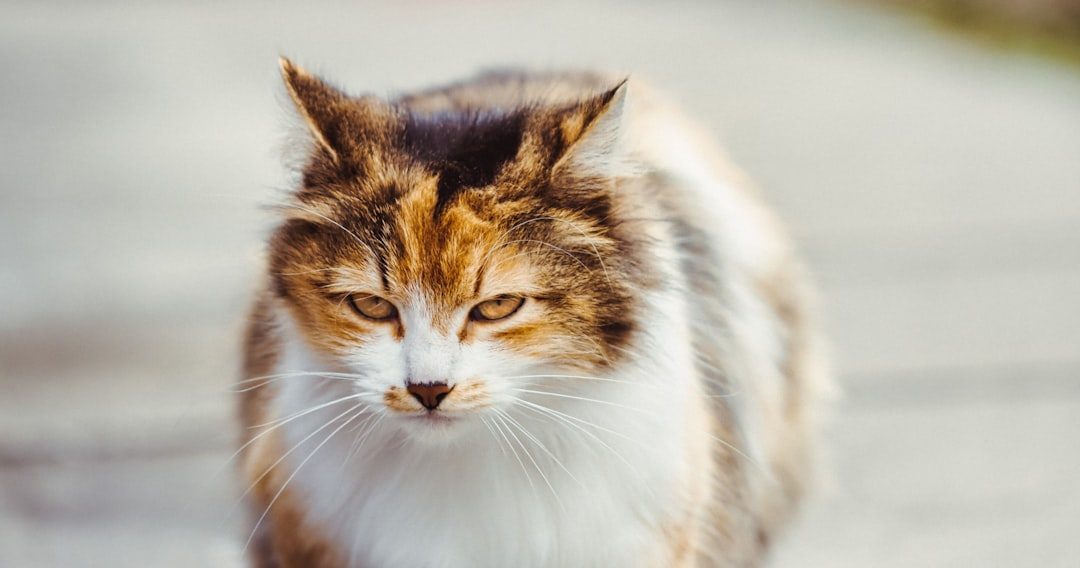
But there are certain ear positions that can show their mood. If their ears are turned back or to the side for more than a couple of seconds, then you should give them their own space. These “airplane ears” are a clear signal that your cat is feeling uncomfortable or stressed about something in their environment.
Cats have spectacular hearing and they often pull their ears back when distressed to protect their ears. If you notice a cat is giving you this signal, they are scared and may become aggressive if further provoked. Respect these ear signals and allow your cat to regain their composure before attempting any interaction.
The Thrashing Tail Warning

This flicking can range from subtle twitches at the tip to vigorous side-to-side movements that involve the entire tail. The intensity of the movement typically correlates with the level of irritation your cat is feeling. While some tail flicking might indicate focused attention during hunting or play, persistent, aggressive tail movements in social situations clearly signal that your cat wants space.
If you stroke your cat and they start to swish their tail, they could be trying to tell you that they’re not enjoying it. Unlike dogs, a swishing tail is not a sign of happiness, but instead a signal that they are feeling restless and agitated. This is your cue to immediately stop whatever interaction is happening.
The Puffed Up Display

FUR STANDING UP: This is a universal “fight or flight” signal across cats and dogs. By having their fur standing up on end, it makes them appear bigger (a brilliant optical illusion). If this signal is directed towards a person, avoid the cat and give them a big space while you do so. This dramatic transformation makes your cat look twice their normal size and indicates serious distress.
When a cat feels particularly threatened or annoyed, you may observe their tail puffing up significantly, a phenomenon known as piloerection. This dramatic increase in tail size is an attempt to appear larger and more intimidating to whatever is causing their distress. This is definitely not cuddle time – this is “leave me completely alone” time.
The Whisker Pullback
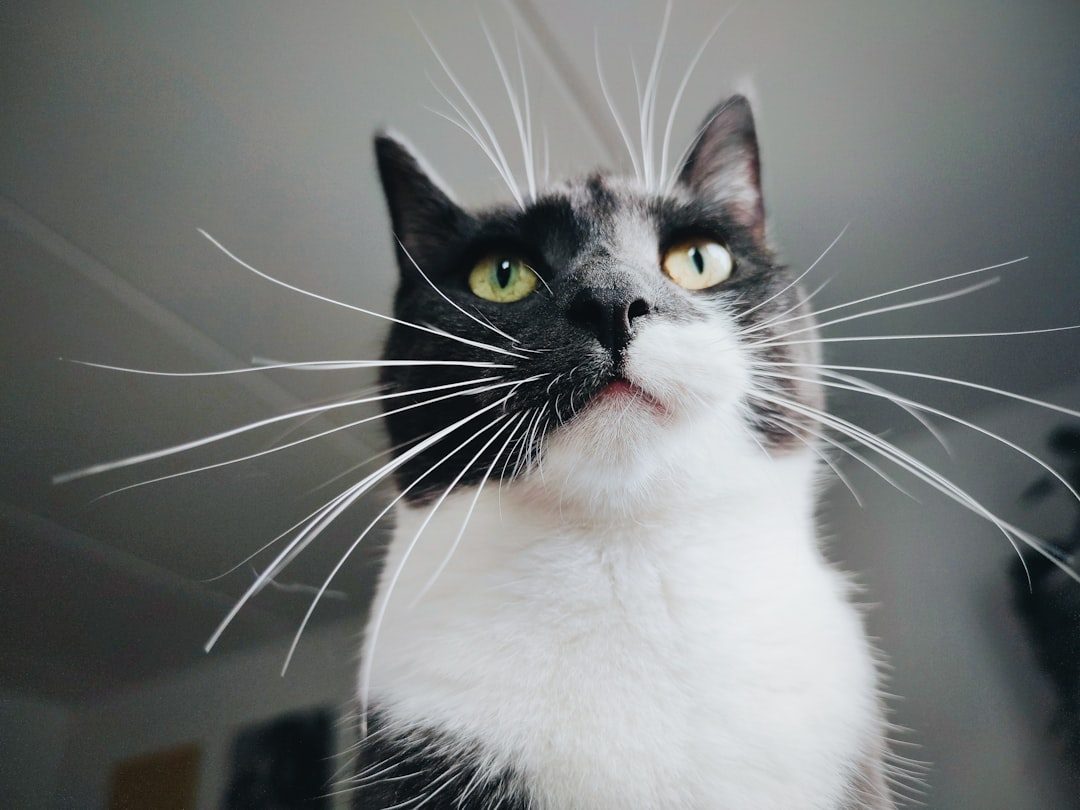
When cats feel annoyed or threatened, they pull their whiskers back against their face, attempting to make themselves appear smaller and less noticeable. This backward whisker position often accompanies other defensive body language signals and indicates that your cat is feeling overwhelmed or anxious about their current situation.
Whiskers are incredibly sensitive indicators of mood that many people overlook. WHISKERS OUT OR BACK: Same as the ears pulled back signal, this is alerting the person/ other cat that your cat needs space. It’s also a warning they might become aggressive if further provoked. Pay attention to these facial features – they’re speaking volumes.
The Deep Growl Communication
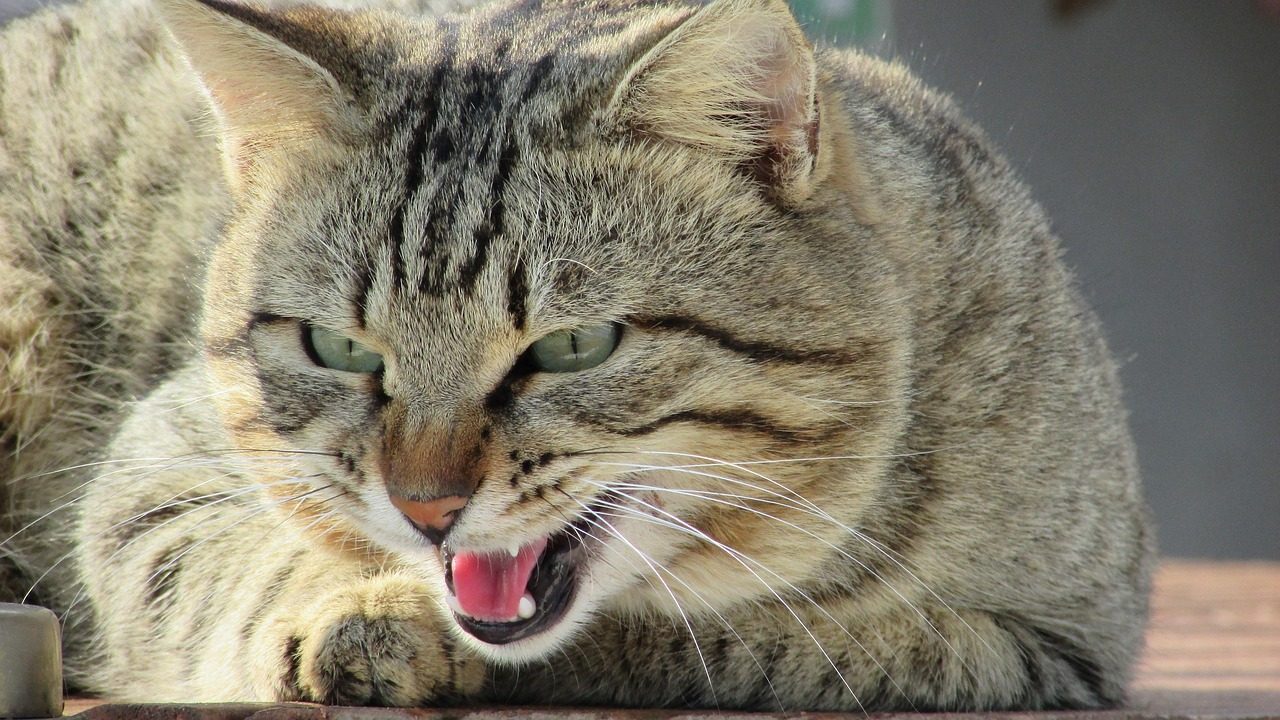
Growling represents one of the clearest vocal indicators of annoyance and displeasure. This low, rumbling sound serves as a warning that your cat is feeling threatened and wants whatever is bothering them to stop immediately. This isn’t the time for forced cuddles or continued interaction.
DEEP MEOWING: We have often heard a high pitched “I’m hungry” meow. Then there is also a deep “guttural” meow. This is made by the back of the cat’s mouth and is an infamous signal the cat wants to fight. This is almost like a challenge, enabling the other cat/ person to be warned and get away before they become aggressive. These vocalizations are serious warnings that should never be ignored.
The Hiding Behavior

Hiding or avoidance: While some cats are naturally more solitary, a sudden increase in hiding behavior can signal that something is wrong. When your normally social cat suddenly starts spending excessive time under beds, in closets, or other secluded spots, they’re telling you they need space to process something.
To get alone, it would hide somewhere or would sit anywhere, starring the wall, to show that it wants to be left alone. If your cat is sulking around, then it would want to be left alone; it might be in great fear of something. Sometimes the kindest thing you can do is simply allow your cat their solitude until they feel ready to emerge.
The Stressed Purr
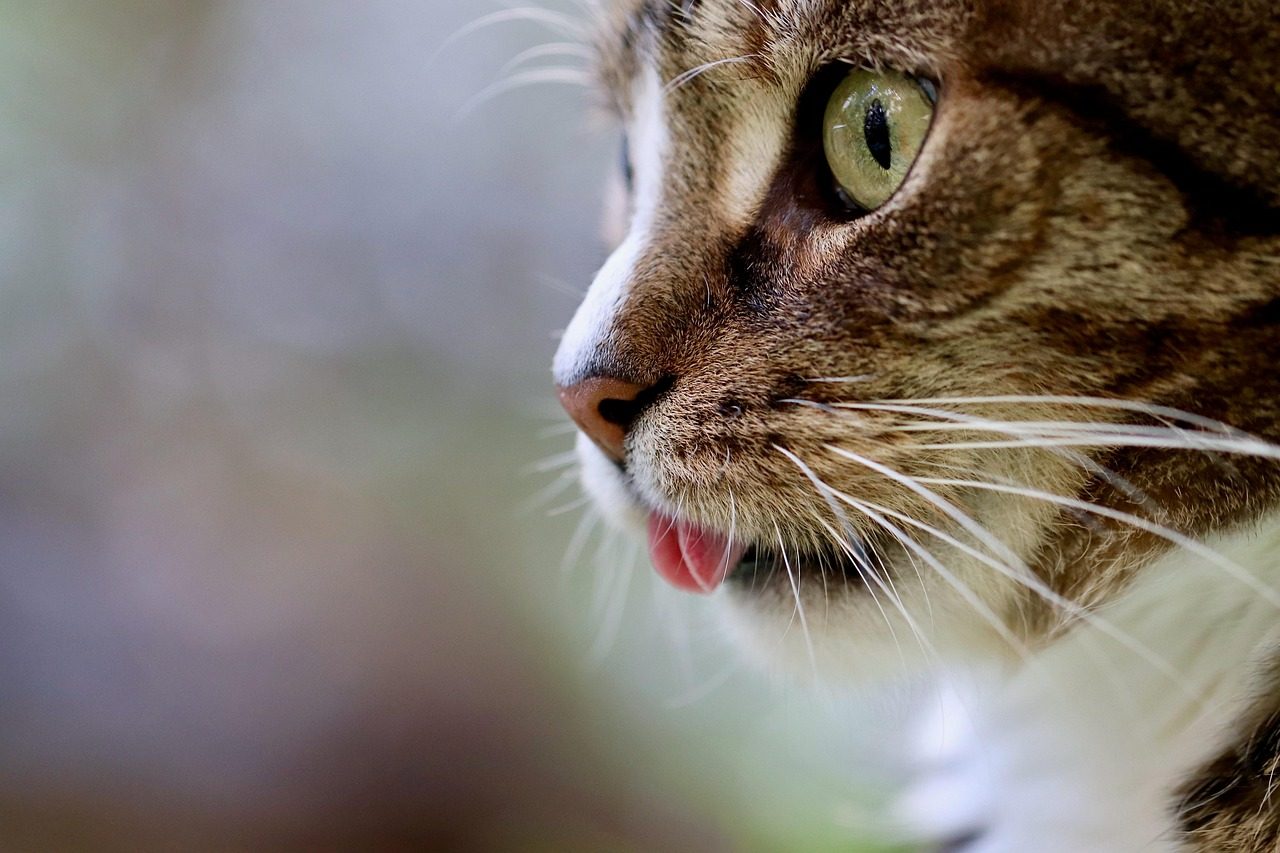
HEAVY PURRING: purring is not always a sign of contentment. Purring can also be a sign of anxiety and frustration. Notice that a purring and relaxed cat will be half sleepy and will happily nuzzle and stay in your company. Aggressive or anxious purring will be followed with tense muscles, trying to flee or with their ears pinned back to their heads.
Learning to distinguish between happy purring and stress purring takes practice but is crucial for understanding your cat’s needs. But cats also purr when they’re anxious, sick, or close to death – they use it to calm themselves down. Context is everything – look at the whole picture, not just the sound.
Understanding your cat’s complex communication system transforms your relationship from guesswork to genuine connection. These signals aren’t just cute quirks – they’re your cat’s way of telling you exactly what they need from you in any given moment. By respecting both their requests for affection and their boundaries for space, you’re building a foundation of trust that will deepen your bond for years to come.
What do you think about these feline signals? Tell us in the comments which ones you recognize in your own cat!





